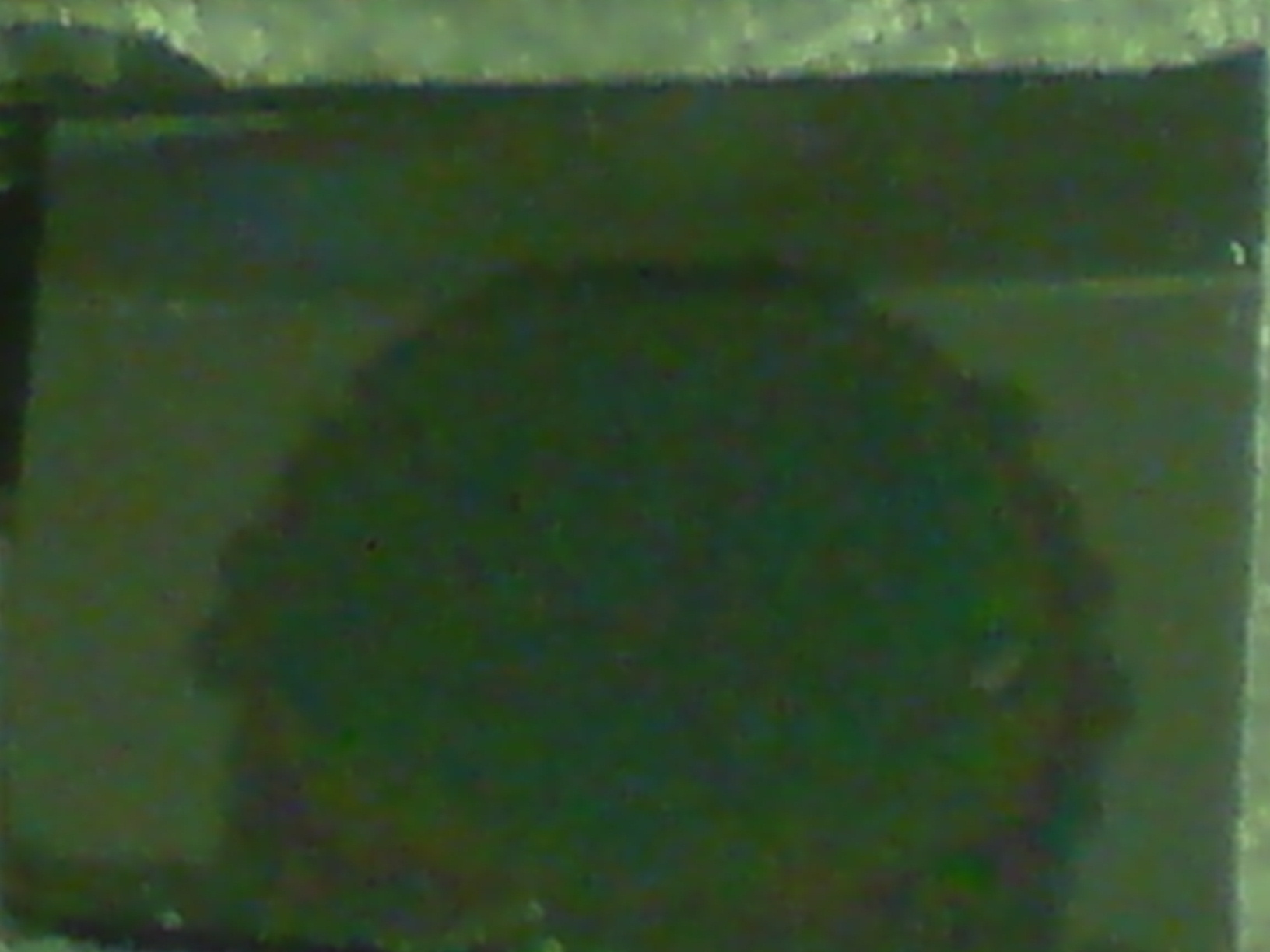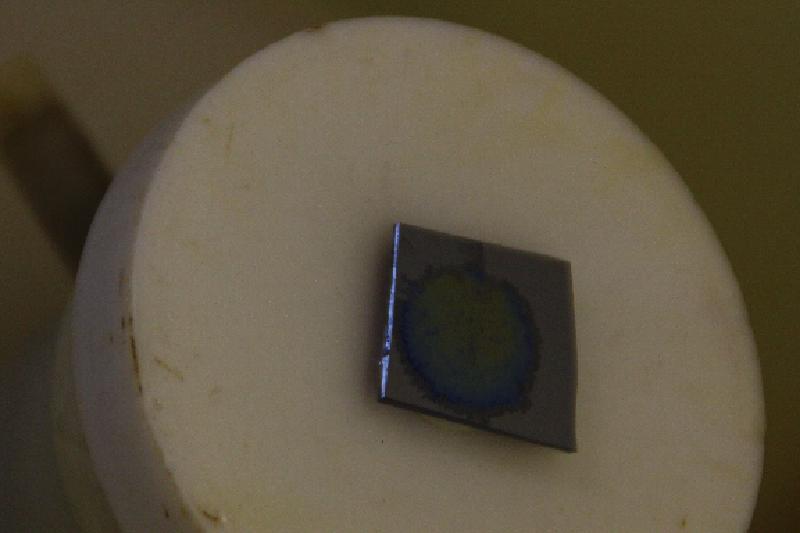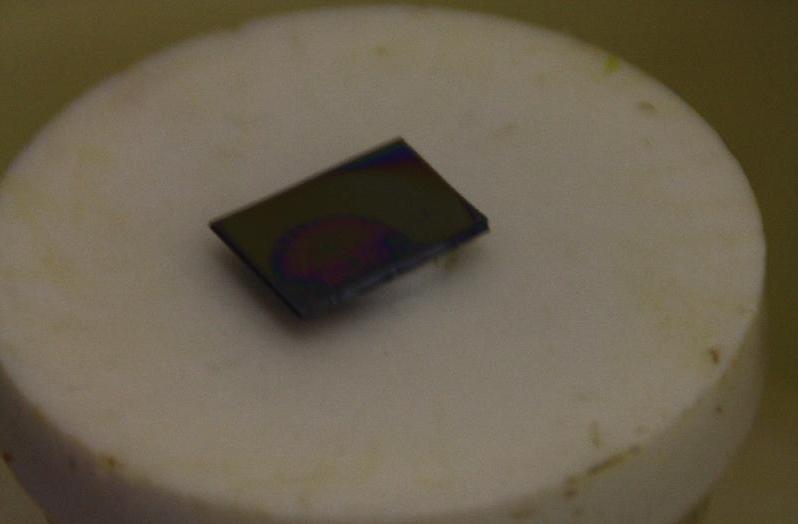Team:Cambridge/Experiments/Reflectin Thin Films V
From 2011.igem.org
Contents |
Uniform Films
Background
New proteins were produced adhering rigorously to the protocol laid out in the His-tag purification protocol with all buffers pH checked prior to use. The results of the SDS-PAGE shows large protein yields and the greatest source of loss in the second denaturing washing step which suggests the greater variability of the buffer at this pH compared to 6.0. This is further compounded when considering the protocol suggests the preparation of this buffer from taking an aliquot from the pH 6.0 buffer; small volumes lead to larger changes in pH.
The resulting proteins were concentrated by acetone precipitation.
The main focus is to achieve uniform colouration.
Outline Plan
The main focus of this experiment was to attempt to achieve a uniform film of one or two colours. It is proposed to tackle this with the knowledge gained from our previous breakthrough:
- Dilute samples in less HFIP (50μl) to achieve greater protein concentration relative to solvent
- Spin with less volume (2μl) using approximately 1.5cm x 1.5cm piranha cleaned silicon substrate
- Attempt to strike a balance between solvent evaporation and spreading by adjusting spin speed and time
In addition samples from both the newly acetone precipitated reflectins and previous reflectins obtained from dialysis were spun to guage the resulting quality.
Results and Observations
Single Layers
From the outset the results were remarkable. The acetone precipitated proteins yielded a brilliant uniform blue colour which it retained for some time prior to crystallisation. By lowering the spin speed a two tone 'gradient' film of yellow and blue was obtained. A subsequent drop cast of the sample indicated yellow was the longest wavelength achievable. However films produced eventually suffered crystallisation, interestingly it was noted the onset of crystallisation became more prominent the more you used of the same sample which somewhat indicates in the sample preparation, centrifugation somewhat fractionates the protein and urea with less urea in the upper layers compared to the lower layers.
Similarly the dialyzed proteins yielded similar levels of uniformity. A different problem however presented themselves here. Whilst they did not tend to crystallise, the films produced tended to lose their colouration much faster and solvent evaporation was much slower. These effects became more prominent as one worked their way through the sample which again suggests fractionation. It is hypothesized that this phenomenon is due to the contaminating tris salt which is deposited regularly on the silicon wafer and impedes solvent evaporation and promotes de-wetting of the films. Filtering with a 0.22μm syringe filter seems to help however this is only feasible given the available equipment if large volumes are available and much of the solution is lost in the syringe and filter after filtration making it infeasible in practice to implement.
Multilayer Feasibility
Excited and spurred on by our success, the feasibility to spin multilayers with PDMS, a flexible polymer substrate was investigated.
7% w/w PDMS-Heptane solution was spun at 3000 and 4000 rpm for 1min onto the silicon substrate, cured for 10 mins on a hot plated at 100oc and then subjected to an O2 plasma oven for 10 secs prior to spinning on top with reflectin to find a uniform layer similar in thickness to our reflectin layers. The plasma oven was a necessary step to convert the hydrophobic external surface of cured PDMS to hydrophilic in order for the HFIP-reflectin solution to wet properly. Curing was implemented due to fears of re-dissolving of the PDMS on subjection to HFIP however this was proved unfounded by spinning directly onto also uncured PDMS.
Unfortunately with the make-do hydrophilic layer, wetting was not quite as good as with silicon (though this could not be distinguished with the naked eye) and solvent evaporation was a bigger issue. The imperfections in the PDMS layer did not help matters and overall the acetone proteins crystallised more quickly though the initial layers looks good as you can see in the photographs bute they were not stable enough for long periods (30mins) and sensitive to local humidity levels. Again, the dialyzed proteins seemed to not crystallise, maintaining its structure but seems to dewet over time losing colouration. The recovery of hydrophobicity in the PDMS layer does not seek to aid matters.
Some interesting results fell out of our investigations. It was found that each subsequent layer due to the non-uniformity and crystallisation of the reflectin thin film led to compounded defects in the layer above leading to worse wetting. The crystallization have to be said produced many an interesting patterns leading to what I would call 'protein art'.
NOTE: I've defined stable films to mean those that still retain a film structure with evidence of colouration from which spectral data can be taken after a long time (at least 20mins, 30mins).
Summary
- Uniform layers were demonstrated achievable and feasible, by varying the spin speed and time films were produced with different colouration with more red coloured for thicker films and bluer for thinner films in accordance with thin film interference.
- Multilayer bragg stacks were found to be feasible, but purity becomes an even bigger concern here, whilst on the macro-scale the produced single-layer films were uniform, microscopically there are many areas of non-uniformity which become surface defects for subsequent layers.
Back to Experiments
 "
"










